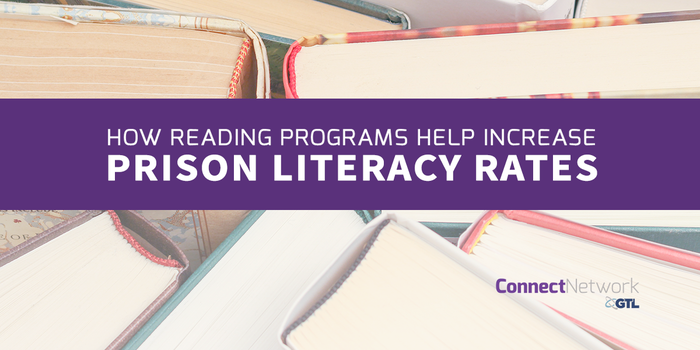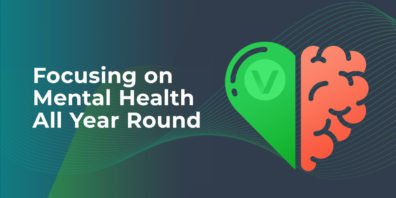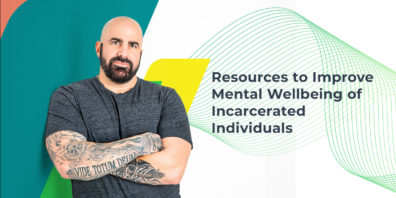How Reading Programs Help Increase Prison Literacy Rates
novembre 08, 2016
Reading programs offered by nonprofit groups around the country are seeking to increase prison literacy rates, in an effort to reduce recidivism among inmates. These programs also seek to create opportunities for incarcerated parents to read with their children.
According to this study, children who lose one or both parents to the prison system are more likely to struggle with grades and school in general, creating less opportunity for learning.
The link between education and the prison system is so strong, that kids who are leaving school are so likely to end up incarcerated that experts have coined the phrase “school-to-prison-pipeline”.
Fortunately, there are programs that help this situation.
Reading programs like Aid to Mothers (AIM) provide a way to break this cycle through shared experiences for both the parent and the child.
The nonprofit launched a new program in 2000 which allowed incarcerated mothers to select a donated child’s book and record themselves reading it. The recording and the book are then mailed to their child.
Carol Potok, AIM’s executive director, says the program is relatively inexpensive to run and has already donated over 1,400 recordings.
In addition to the clear benefits this provides for the children receiving the recordings, the act of reading the book is hugely beneficial for the inmate as well.
This DoSomething.org article points out that the inability to read and/or write puts children and young adults at significant risk for incarceration because they are unable to become a functioning member of society.
For those already in prison suffering from illiteracy, what to do to upon release is a major challenge.
Helping to increase prison literacy rates not only provides a way for incarcerated parents to break the cycle of imprisonment in the future generation, but it also heavily reduces the rate of recidivism.
See More: Why Education Programs in Prison Give Inmates A Chance
The Petey Greene Program is a nonprofit organization that trains college students to tutor inmates. These tutors focus on reading and math, core skills many inmates have yet to master.
Their program supplements education opportunities that inmates seek to receive. In creating opportunities for inmates to gain valuable education, the Petey Greene Program effectively returns better educated people to society with improved self-esteem, a more positive outlook, and improved job-related skills.
With these new found skills, formerly incarcerated people are able to re-enter society with marketable skills, a willingness to be productive in society, and the ability to find and maintain a job.
See More: 3 Ways Employment After Prison Can Be Achieved
Reading programs seek to increase prison literacy rates in a variety of ways. In addition to the programs offered to parents and those seeking ongoing education or GED prep, there are programs that focus on building and/or growing the libraries within prisons.
Programs like Literacy for Incarcerated Teens (LIT) specifically seek to inspire young people in under-served communities to read through enhancing the library book selections within facilities. The joys of reading are easily understood once someone finds the right book and the right reading mentor.
LIT works directly with authors to coordinate visits and accompanying peer-directed book discussions. They “provide literacy programming relevant to young people’s reading level, with the aim of improving literacy and encouraging enthusiasm for reading in young people.”
You can imagine the difference in confidence, eagerness and focus in children and teens who have fostered a love of reading versus those who have not.
This program, like many others, offers people a way to increase their reading level and in turn, decrease the odds of criminal behavior. For example, LIT has been heralded by the for providing much needed supplemental services, resources and “powerful opportunities” which have offered a vital lifeline to the teens.
Consider the benefits of reading above and beyond the positive impact it will make upon the inmates’ re-entry.
Reading provides a way for people to explore new ideas, new cultures, new time periods and so much more.
For people serving a sentence, reading offers an enjoyable way to pass the time. It creates the opportunity to shut out their surroundings and live in another world. More than that, it creates a path to a brighter future.
Share your favorite books or stories about reading with your children on our Facebook Page and continue the conversation.
Posted In: Blog



